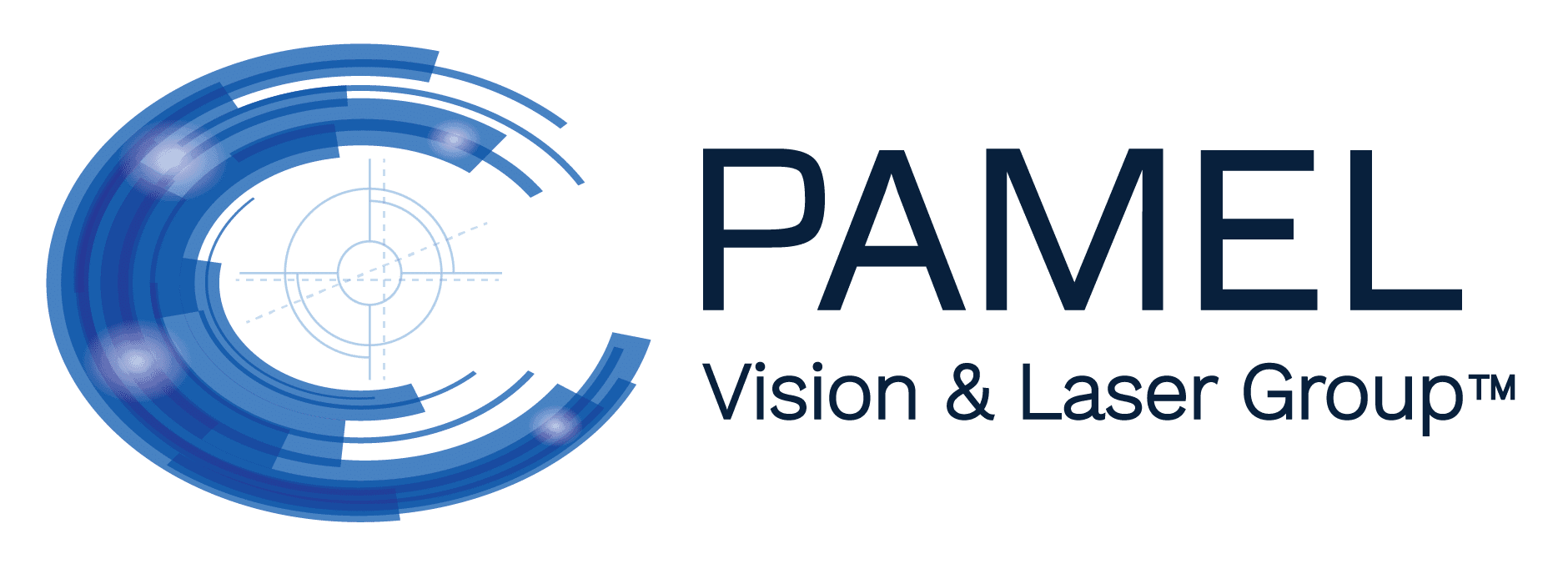Frequently Asked Questions about Corneal Crosslinking
- Posted on: Aug 28 2019
 Corneal crosslinking is an exciting development in keratoconus treatment. In people with keratoconus, the cornea gradually thins and weakens, bulging into a cone-like shape. This distorts vision and makes it difficult to see clearly. Ophthalmologists like Dr. Gregory Pamel believe corneal crosslinking can stop the bulging associated with keratoconus and delay or prevent the loss of vision.
Corneal crosslinking is an exciting development in keratoconus treatment. In people with keratoconus, the cornea gradually thins and weakens, bulging into a cone-like shape. This distorts vision and makes it difficult to see clearly. Ophthalmologists like Dr. Gregory Pamel believe corneal crosslinking can stop the bulging associated with keratoconus and delay or prevent the loss of vision.
What is corneal crosslinking?
Corneal crosslinking is an in-office treatment to strengthen the cornea. A combination of riboflavin and ultraviolet light is applied to the eye to create special bonds between the collagen fibers in the eye.
Is corneal crosslinking a cure for keratoconus?
There is currently no cure for keratoconus, but corneal crosslinking has been shown to halt the development of the disease and delay or prevent the loss of vision. By slowing down or preventing the progression of the disease, corneal crosslinking can help patients avoid the need for more invasive corneal transplant surgery.
Who is a candidate for corneal crosslinking?
Corneal crosslinking is best for candidates with mild to moderate keratoconus, whose corneas have not become too irregular in shape and whose vision has not become significantly compromised. If the disease has progressed to a severe state, crosslinking is not as effective.
How is corneal crosslinking performed?
To begin treatment, riboflavin drops are applied to the eye. After the cornea has had time to absorb the drops, a UV light is applied to the eye for up to 30 minutes.
Corneal crosslinking can be performed with the outer layer of corneal tissue (the epithelium) intact or removed.
Does corneal crosslinking hurt?
Corneal crosslinking does not hurt. The eyes are numbed prior to treatment so there is no pain.
How long does corneal crosslinking take?
The procedure itself takes about an hour. Preparation and recovery time adds another hour to the appointment time.
How many treatments do I need?
Most patients respond to a single treatment.
Schedule an Appointment with Dr. Pamel
If you have been diagnosed with keratoconus and want to learn more about corneal crosslinking, Dr. Pamel invites you to schedule a consultation today. Call or email our office to request an appointment.
Posted in: Corneal Crosslinking




